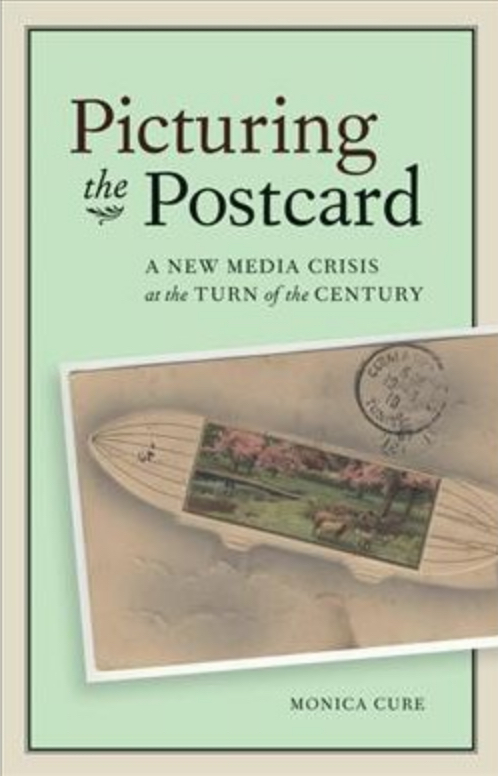This week the Hedgehog and the Fox examine the humble postcard. In fact, when the postcard was new it was anything but humble, as Monica Cure, my guest on today’s programme, points out: it was radical.

In 1865 a German postal director, Heinrich von Stephan, came up with an idea to make business communication easier: a pre-stamped thick-stock paper card of standard size. One side would be reserved for the address, and on the other side the sender could write a short message, to be sent at a cheaper rate than a letter, regardless of distance. Von Stephan’s boss rejected his proposal. There was, he felt, something ‘indecent’ about so open a form of communication.
It was the Austro-Hungarian empire that issued the first postcards, in 1869, and within three months almost three million had been sold. Other countries soon followed suit, and with the later introduction of the picture postcard, the postcard would go on to become the subject of a craze. Anything and everything could be depicted on a postcard, from great works of art and celebrated actresses to the main street of the dustiest provincial town.
So why were they radical? Well, they were a cheap, swift, and crucially open means of communication, and that led to a whole host of worries: What if the wrong sort of person used them for the wrong sort of communication? What if civilised discourse broke down as a result of so shorthand a form? What if they were used for anonymous libel? (The servants might read them…) Immoral purposes? What if it all happened too quickly for society to absorb?
In 1903 an article in the presumably pro-postcard publication, The Poster and the Post Card Collector, said:
“It is announced from America that the picture postcard is threatening to disorganize their Post Office system; in fact, is becoming a kind of Frankenstein monster.”
And that feeling was not confined to the United States.
Monica Cure’s new book, Picturing the Postcard: A New Media Crisis at the Turn of the Century, (published by Minnesota University Press) is a thoroughly absorbing exploration of the many ways in which postcards were a surprisingly disruptive new means of communication in the late nineteenth century, and continued to make waves for decades more, as a cultural and even political force. Postcards brought their disruptive power to fiction. They also played a grim part in recording lynchings in southern US states, as you’ll hear in the programme, and they had a role in the history of colonialism.
